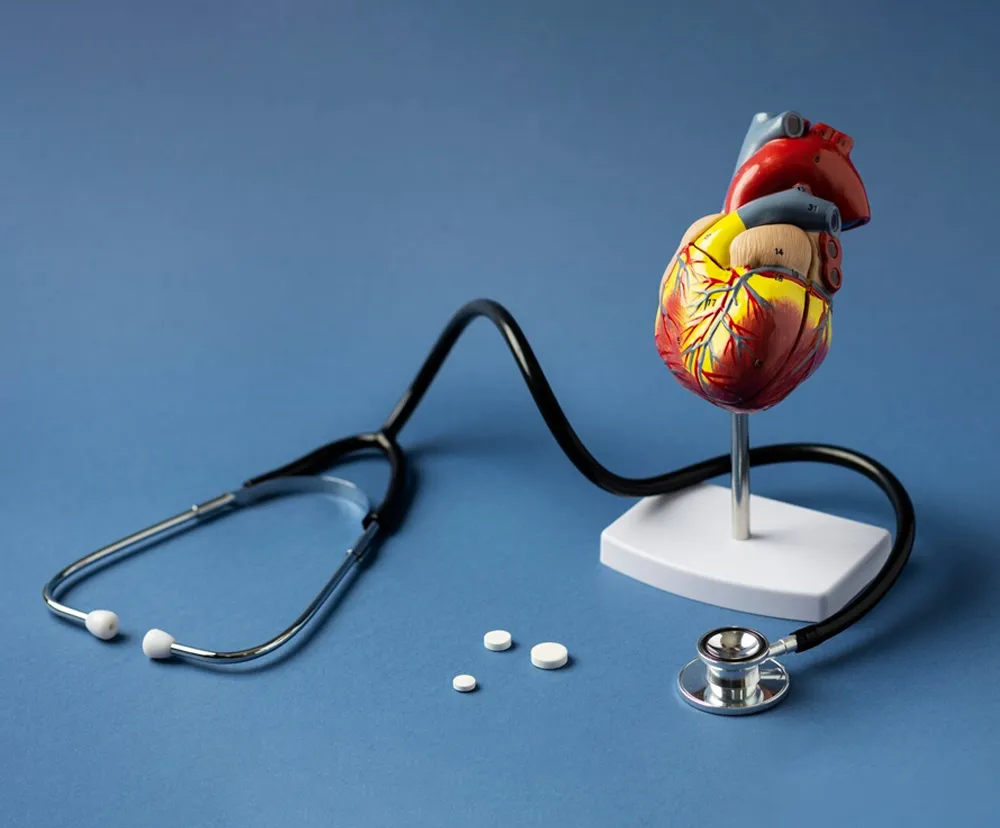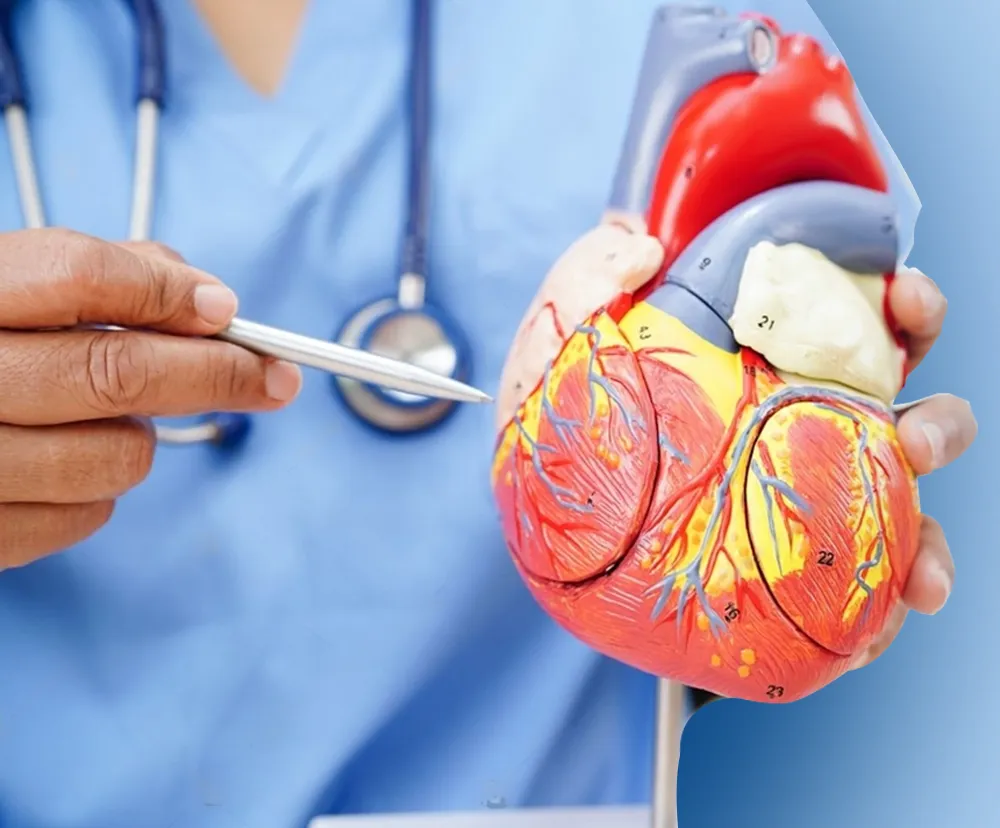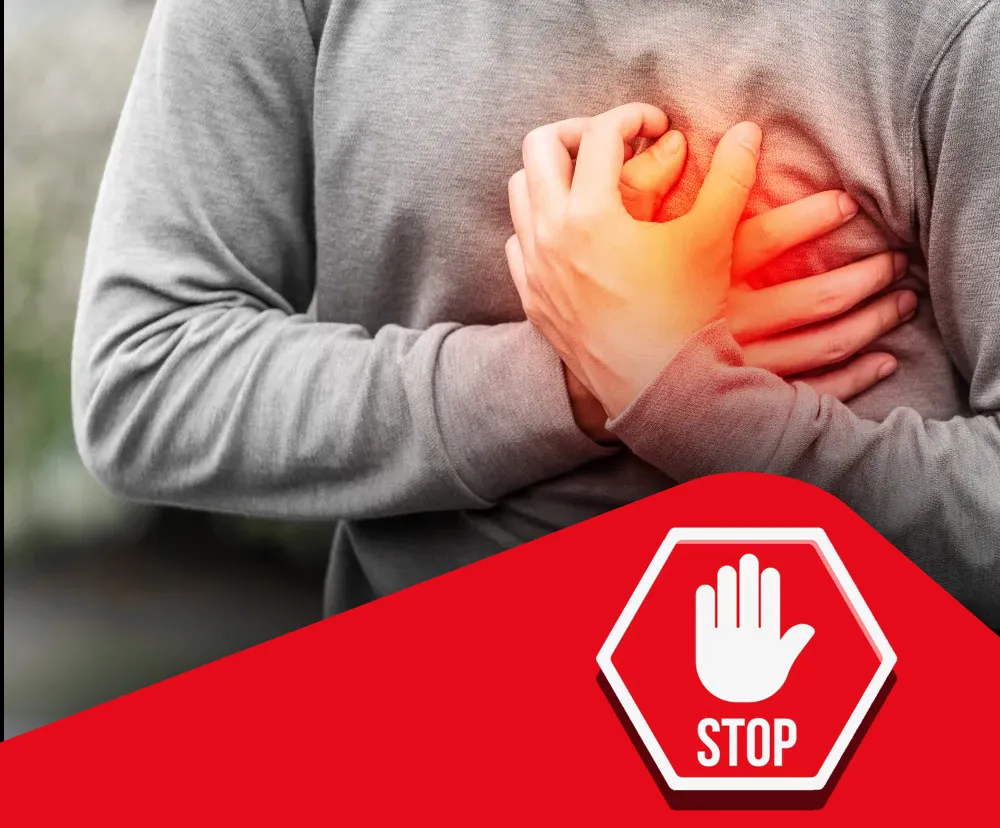How to deal with future risk of heart disease?
How to deal with future risk of heart disease?
Introduction
Four out of ten deaths of people between the ages of 40 and 69 in India are due to cardiovascular diseases. This is a clear indication of the serious nature and the need to tackle heart disease with the right approach. Despite the statistics and the information available, a significant percentage of people in India are unaware of how to identify CVD, the role of genetics and the available treatments. Here is a good look at how you can reduce your risk of cardiovascular disease
How to identify and treat ischemic heart disease?
Most people are probably unaware of this fact about a major heart disease. Ischemic heart disease is also known as coronary artery disease or coronary heart disease. This refers to reduction in flow of blood to the heart muscle, arising from narrowed or blocked arteries. It is possible to identify the condition and manage it through a combination of diagnosis and interventions
Most people are probably unaware of this fact about a major heart disease. Ischemic heart disease is also known as coronary artery disease or coronary heart disease. This refers to reduction in flow of blood to the heart muscle, arising from narrowed or blocked arteries. It is possible to identify the condition and manage it through a combination of diagnosis and interventions.
How to identify ischemic heart disease?
You can identify the conditions through symptoms and diagnostic tests. For instance, the symptoms include:
- Pain in the chest or some kind of discomfort, like a feeling of pressure, or squeezing sensation. This often radiates or extends to the arms, neck, shoulder, or back, and is commonly known as angina.
- Difficulty breathing during physical activity.
- Abnormal overall tiredness, when indulging in physical activities.
- Heartbeats that are either irregular or unusually fast.
- Faint of dizzy feelings experienced during physical activity.
- Feelings of nausea, sweating, that may be experienced along with chest pain.
Diagnosis includes the following:
- Electrocardiogram.
- Stress tests.
- Echocardiogram.
- Cardiac catheterization, coronary angiography.
- Blood tests.
- CT coronary angiography.
- Nuclear stress test.
Treatment involves lifestyle modifications, complete cessation of smoking, changes in diet, weight control, reduction of stress, medications and procedures wherever necessary.
What is congenital heart disease and how can I detect it?
Birth defects such as structural abnormalities are known congenital heart disease. These changes in the structure affect the heart in many ways. For instance, it could have an impact on the walls of the heart, or valves, or blood vessels. This could, in turn affect the flow of blood through the heart, resulting in possible complications that develop over a period of time. There are many types of congenital heart disease, including
- Septal defects – These are holes that form in the wall between the chambers of the heart.
- Valvular defects – These are issues in the heart valves that are responsible for flow of blood.
- Cyanotic defects – These refer to low levels of oxygen in the blood, that cause the skin to appear with a bluish tint.
- Tetralogy of fallot – This refers to improper formation of the new-born’s heart during pregnancy.
- Obstructive defects – This causes blockages in the flow of blood.
- Coarctation of the aorta – This is due to narrowing of the main artery.
- Complex defects – This refers to a combination of various issues and abnormalities.
How congenital heart disease is detected?
Detection of congenital heart disease is possible at birth or also at some point, later in life. This entirely depends on the severity of the defect and manifestation of symptoms. Prenatal detection involves use of ultrasound, fetal echocardiography. Postnatal detection involves physical examination, use of pulse oximetry, chest X-ray, echocardiogram, electrocardiogram, cardiac MRI/CT and cardiac catheterization.
Common symptoms of congenital heart disease
This may differ, depending on the type of defect and its severity. Common signs of congenital heart disease include:
- Bluish appearance in the skin, the lips, and nails of fingers.
- Difficulty breathing, especially during feeding.
- Poor growth.
- Abnormal overall tiredness, especially while feeding or during physical activity.
- Profuse sweating, especially while feeding.
- Abnormal murmur in the heart, when monitored through a stethoscope.
- Unusual, unexplained swelling in the legs, abdomen.
What are the symptoms of coronary heart disease?
This heart disease condition is known to develop over many years, and is due to reduced flow of blood to the heart. This is caused by buildup of plaque, fat, cholesterol in the artery walls, causing atherosclerosis, resulting in coronary artery disease. Symptoms include the following:
Pain in the chest, known as angina. The pain is experienced as some kind of squeezing, or pressure or tight sensation in the chest. The pain is typically experienced either in the middle or the left side of the chest, while in women it is experienced in the neck, arm or back.
Difficulty breathing, and you may feel like you are unable to breathe normally.
You may experience overall tiredness, as your heart cannot pump sufficient blood to meet the needs of your body.
- Pain or discomfort that spreads to the shoulder, arm, back, neck, jaw, teeth or sometimes the upper belly.
- Breaking Out into a cold sweat.
- Heartburn, and possible feelings of nausea.
- Lightheaded feeling or sudden dizzy feeling.
In most people, the symptoms are not noticed initially, but are experienced only when the coronary arteries continue to progressively narrow.
Is valvular heart disease a serious condition?
Valvular heart disease can develop into a serious condition, and this depends on the type and severity of the issue with the valve. These valves are responsible for ensuring proper flow of blood through the heart’s chambers. People with the condition end up with wrongly functioning valves causing multiple health issues.
Different types of Valvular Heart Disease include:
- Stenosis- A condition wherein the opening of the valve narrows, reducing blood flow.
- Regurgitation – A condition where the valve does not close, causing blood flow backward.
- Prolapse – In this condition, the valve bulges back into the chamber.
- Left untreated, valvular heart disease may result in severe shortness of breath, pain in the chest, and possible swelling and fainting. This could progress to serious issues like heart failure, or sudden cardiac arrest.
Common symptoms include the following:
- Difficulty breathing.
- Abnormal tiredness.
- Pain in the chest.
- Irregular or fast paced heartbeats.
- Swelling in the feet.
Can congenital heart disease be diagnosed?
Yes, congenital heart disease can be diagnosed through genetic testing. Advanced testing facilities are presently available in Tamil Nadu, permitting users to test for genetic components of heart diseases. A simple sample of blood or saliva is all that is required for comprehensive genetic testing that will reveal if you are predisposed to conditions. This could be due to congenital defects, or could be from genetically inherited conditions. Based on the assessment, you can opt for treatments to reduce your future or lifetime risk of heart diseases
Related Blogs :

Understanding Genetic Methylation Tests: A Guide
Understanding Genetic Methylation Tests: A Guide Introduction What is Genetic Methylation? The Role of Methylation in Gene Expression The Importance of Genetic Methylation Tests Health Conditions Linked...


Expert guidelines on treatment and management of cardiovascular diseases
Expert guidelines on treatment and management of cardiovascular diseases Introduction What are the various cardiovascular disease treatment options? What are the treatments for cardiovascular disease in advanced...

Dr. Rajasekar is a cardiologist in Chennai, with extensive experience in the field. He completed his MBBS from Madurai Kamaraj University, followed by an MD in General Medicine and a DM in Cardiology from The Tamil Nadu Dr. M.G.R. Medical University (TNMGRMU).


